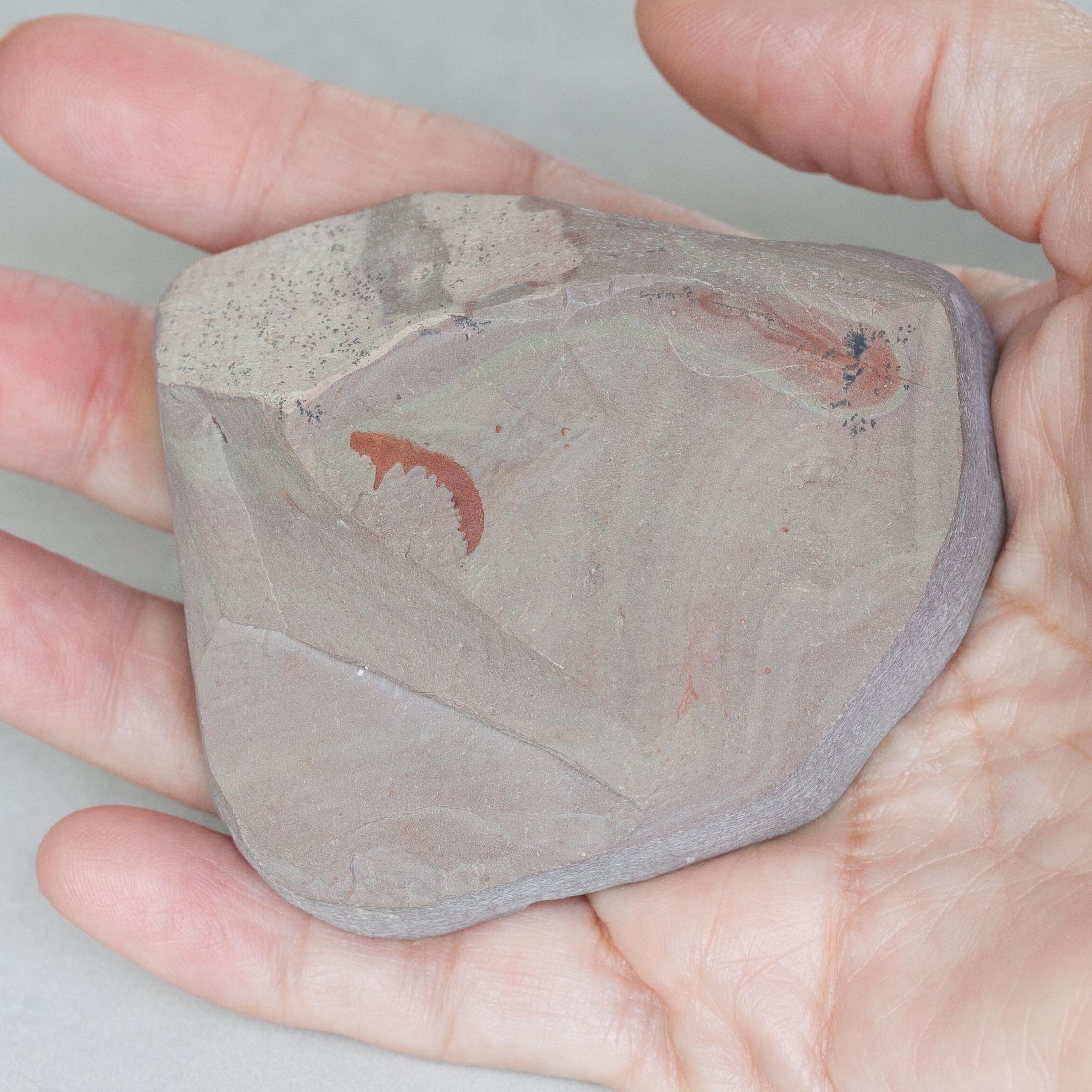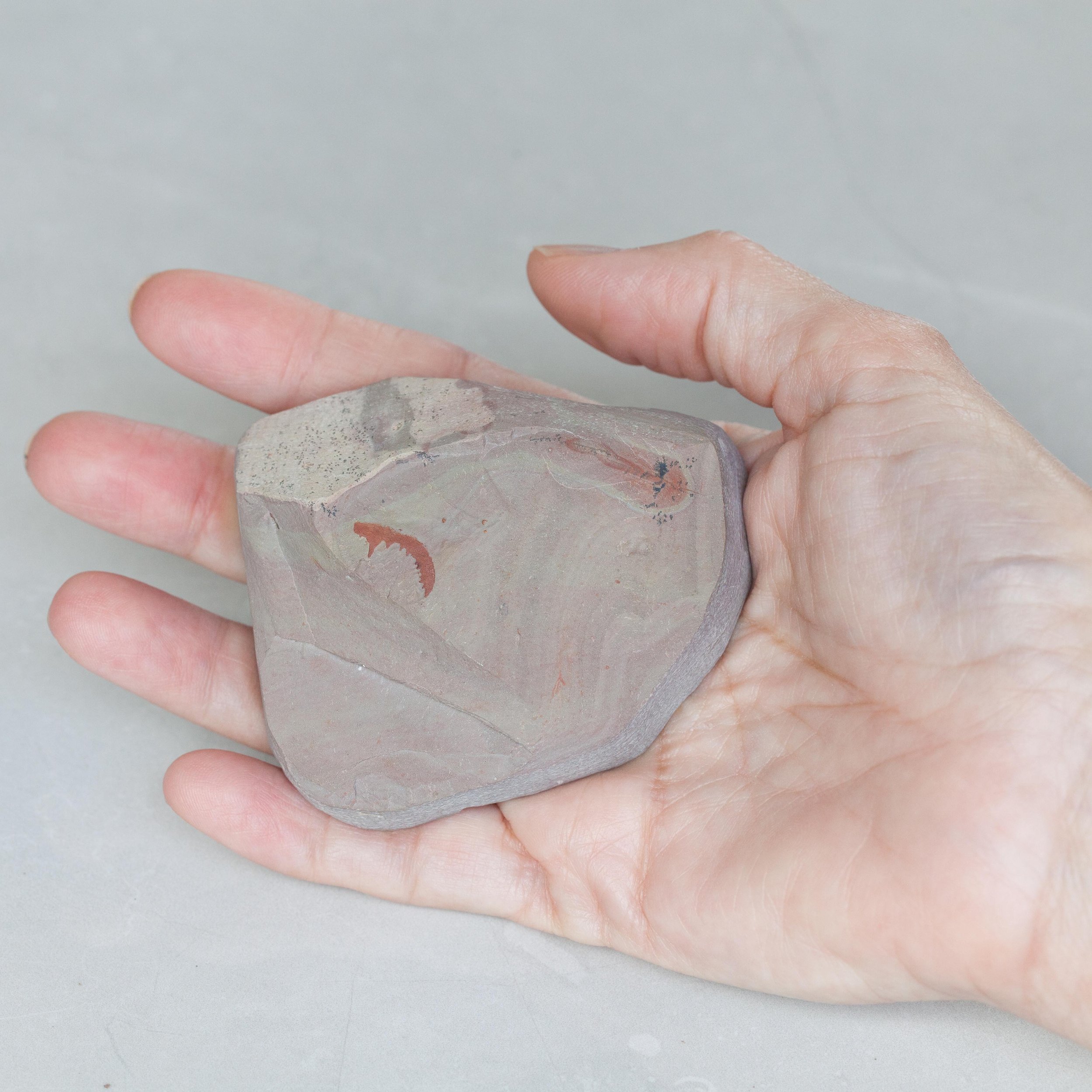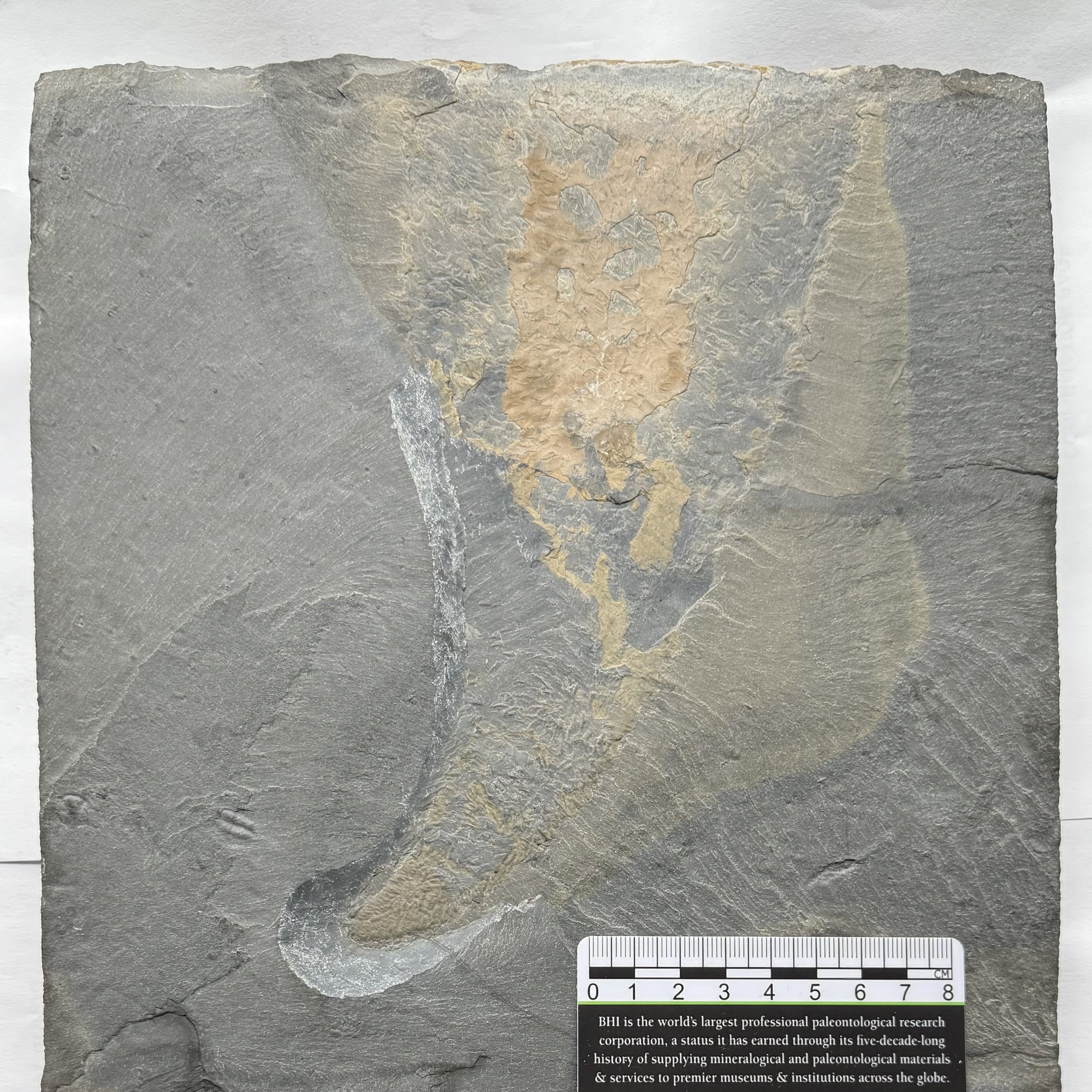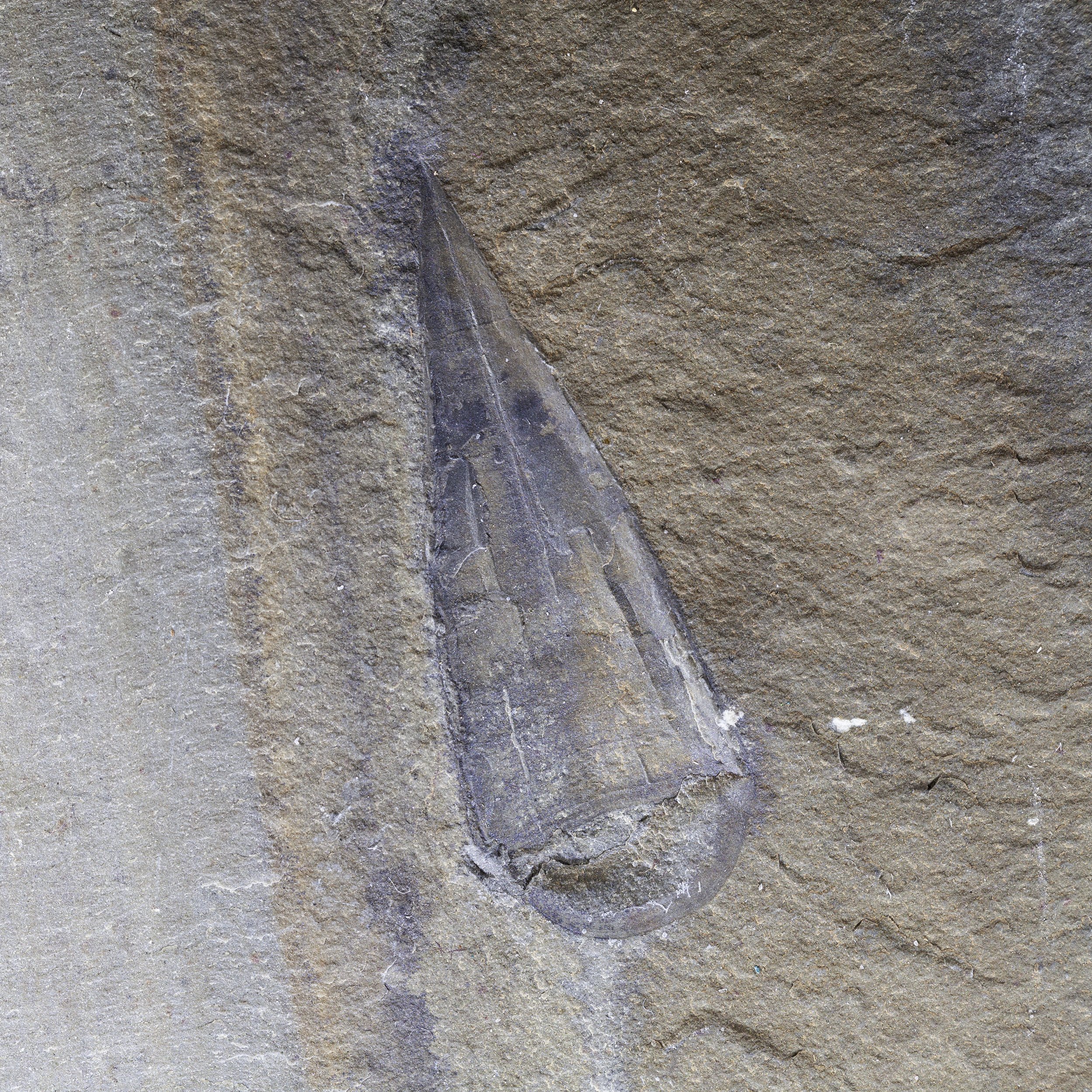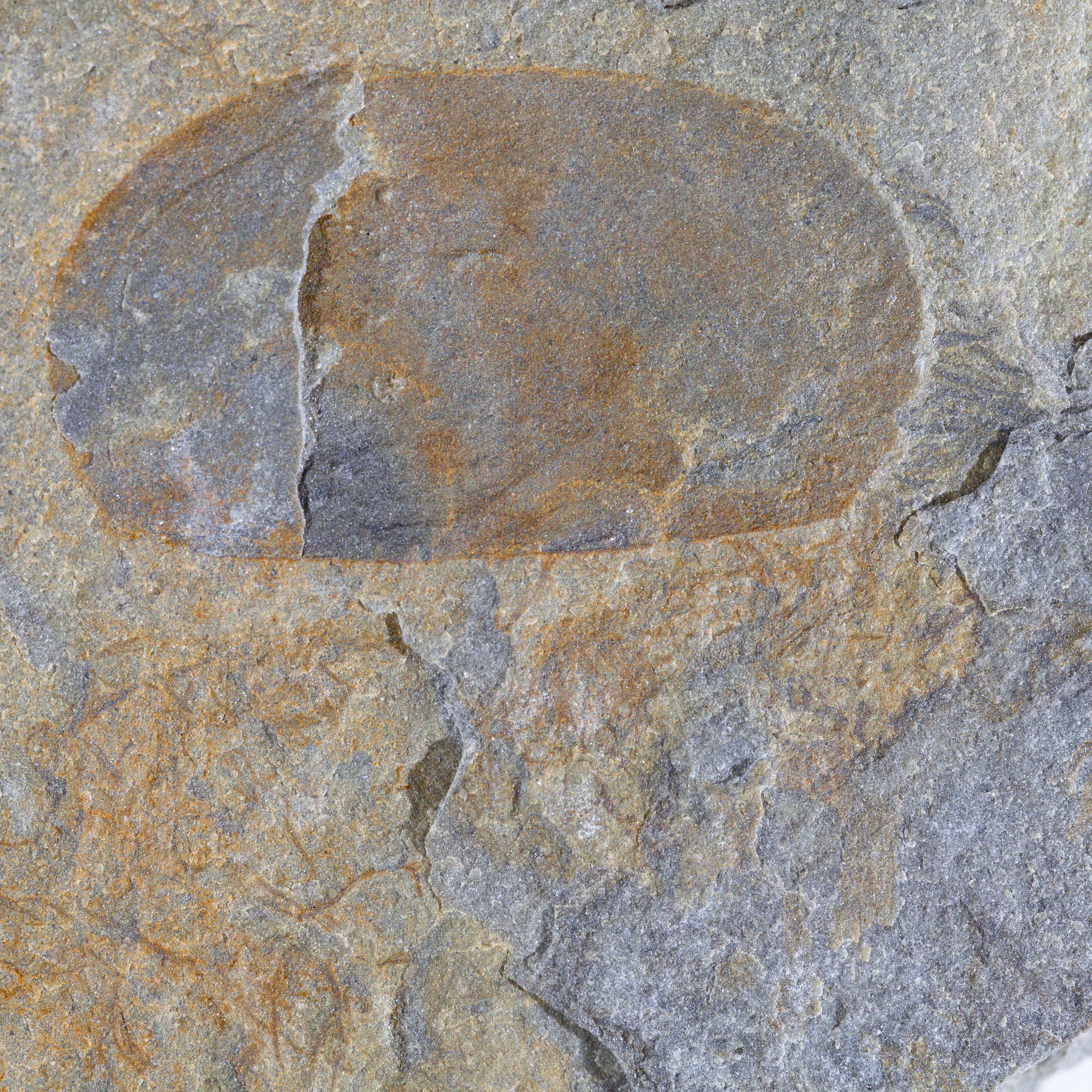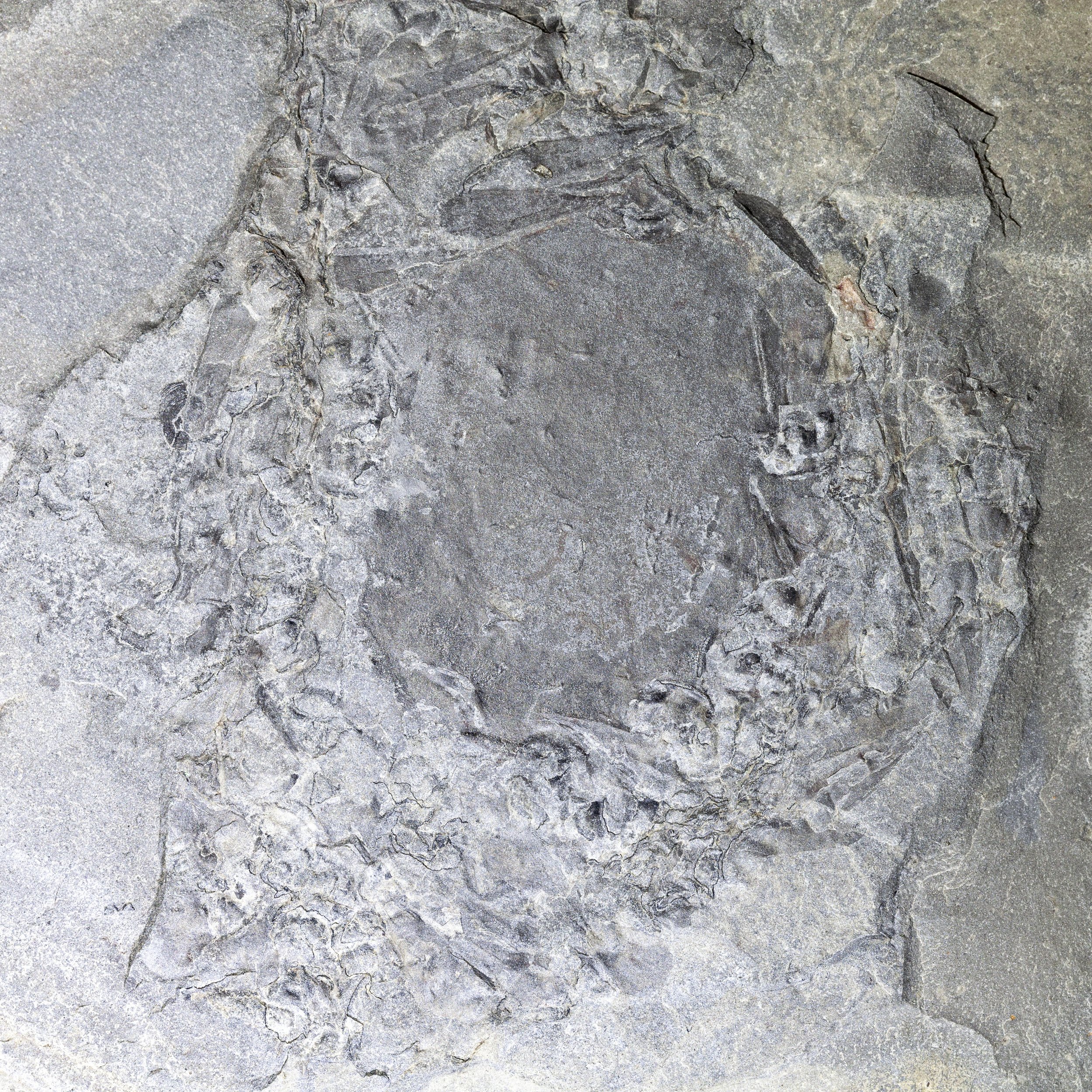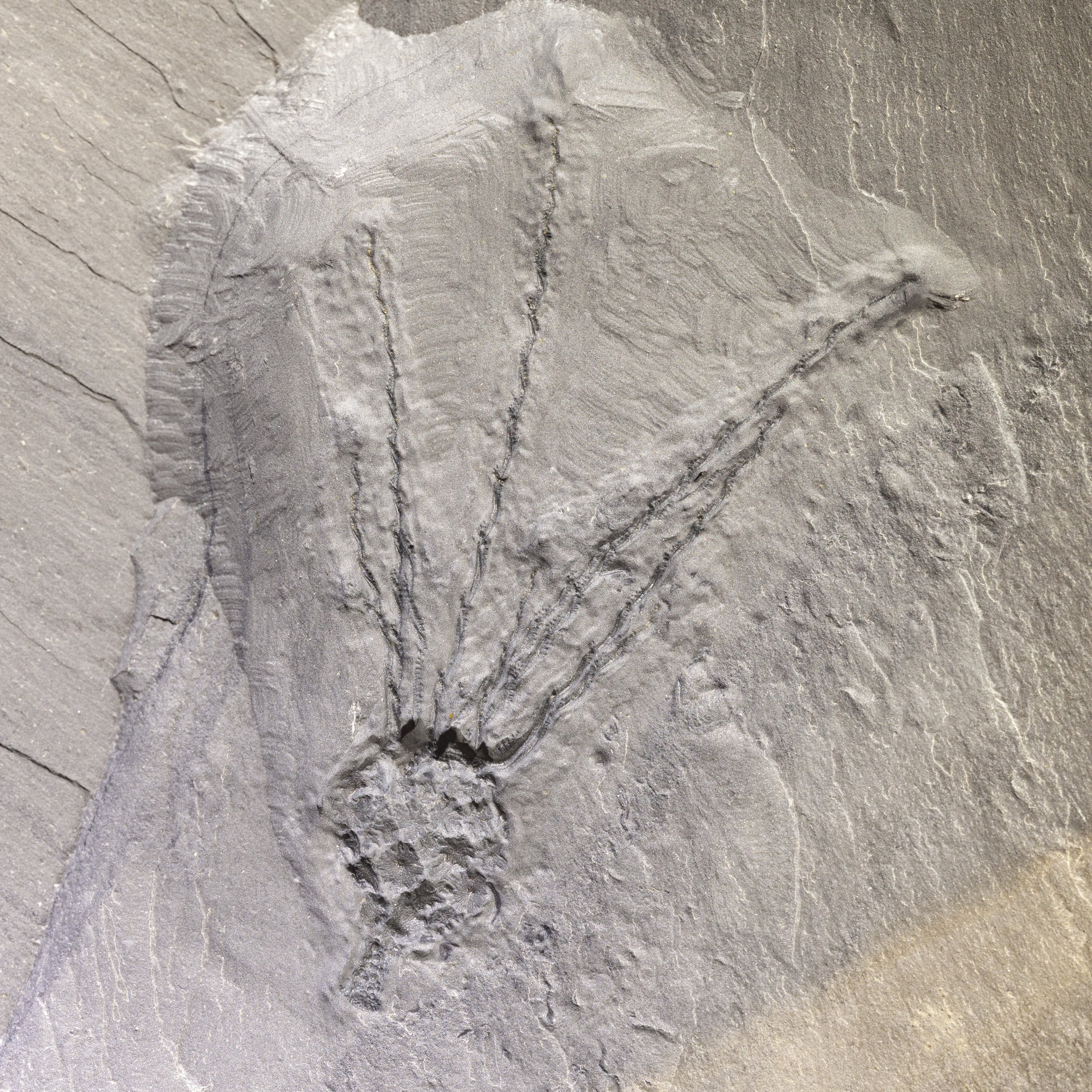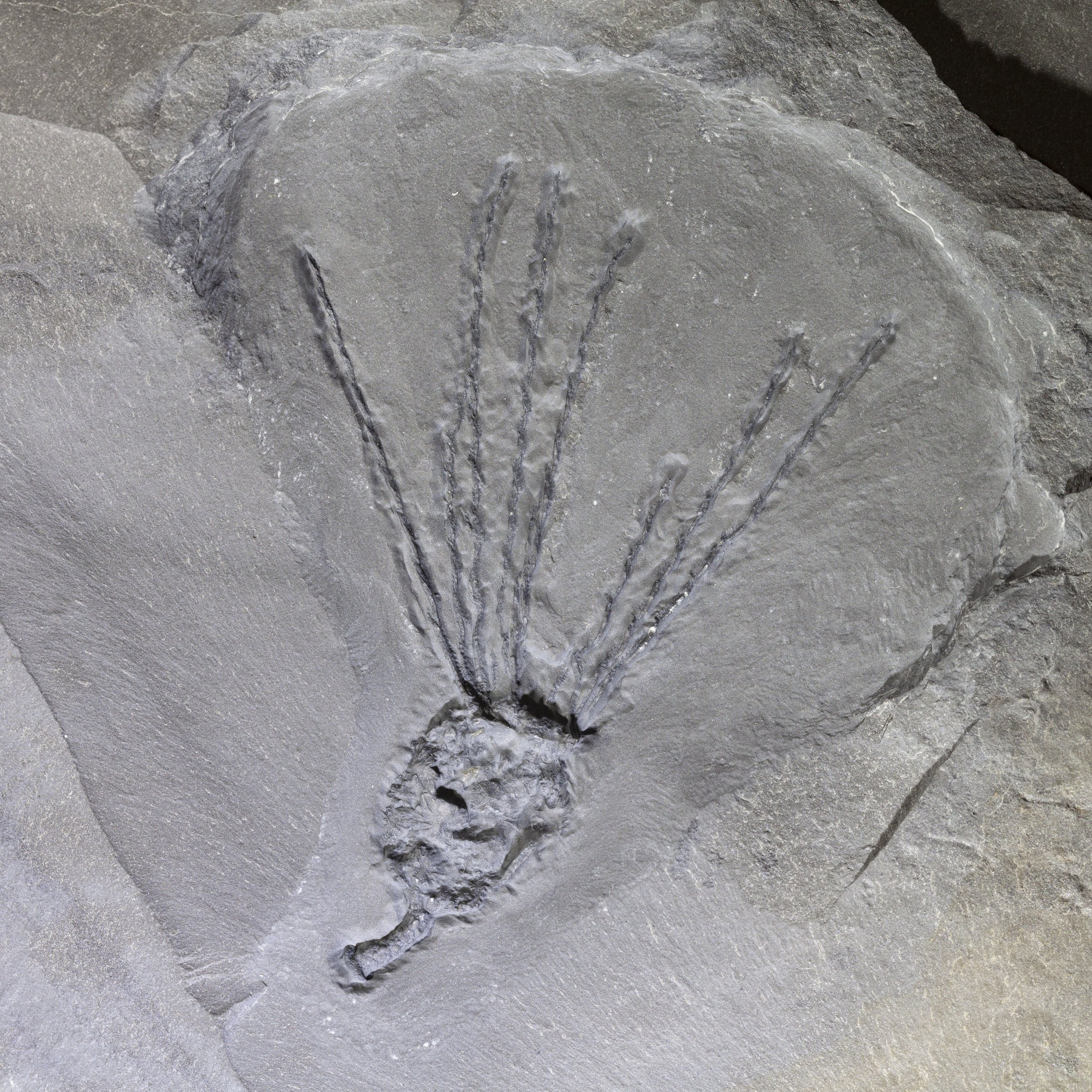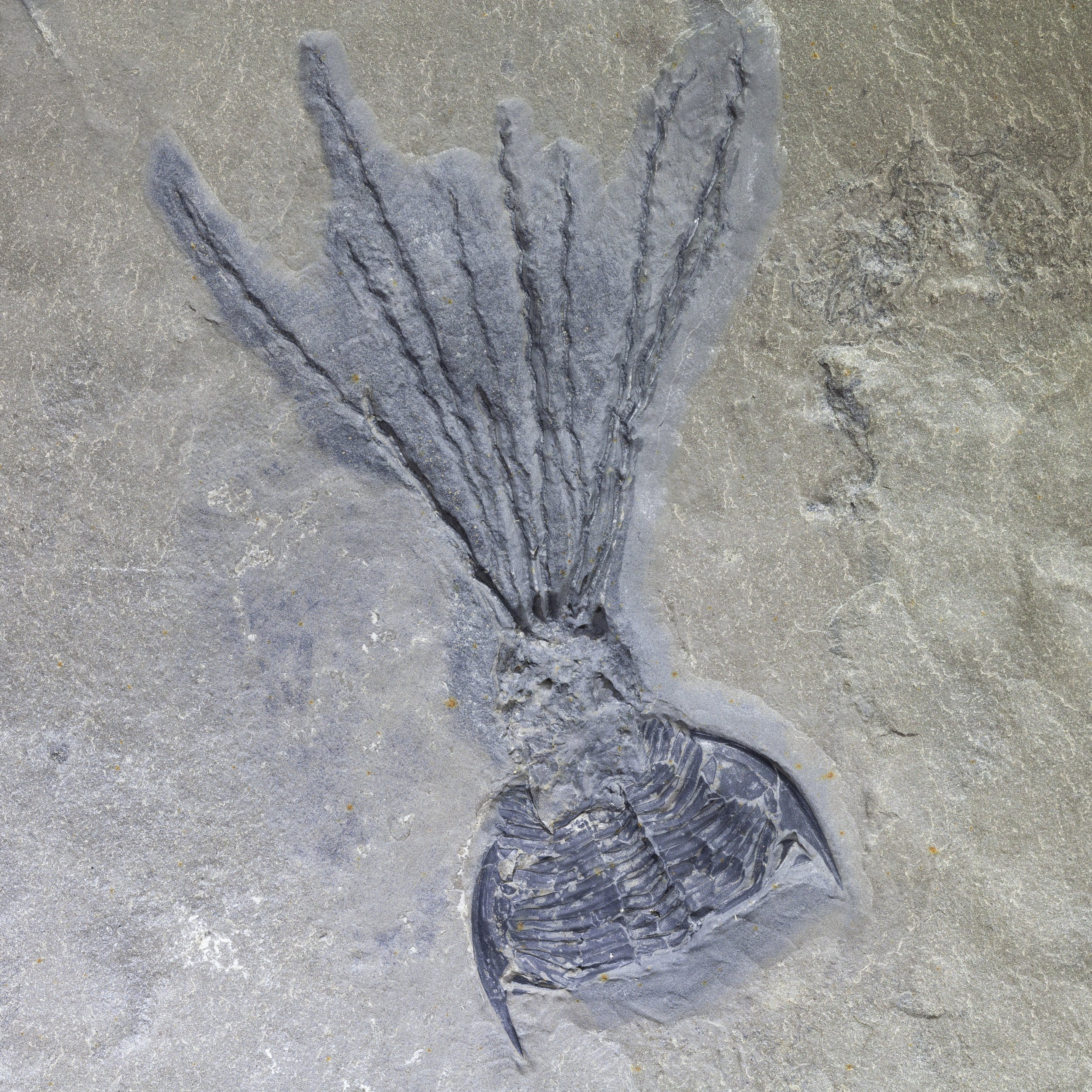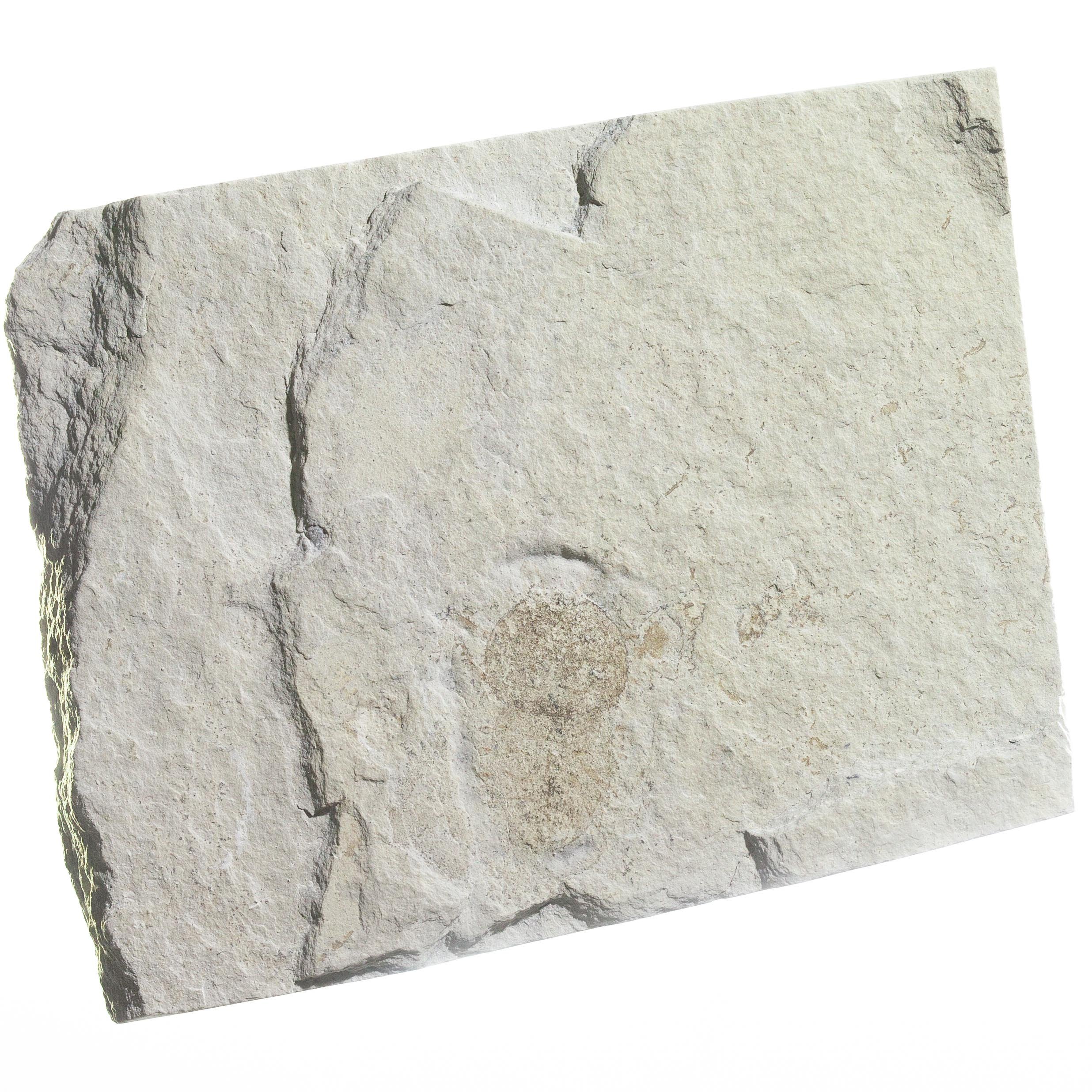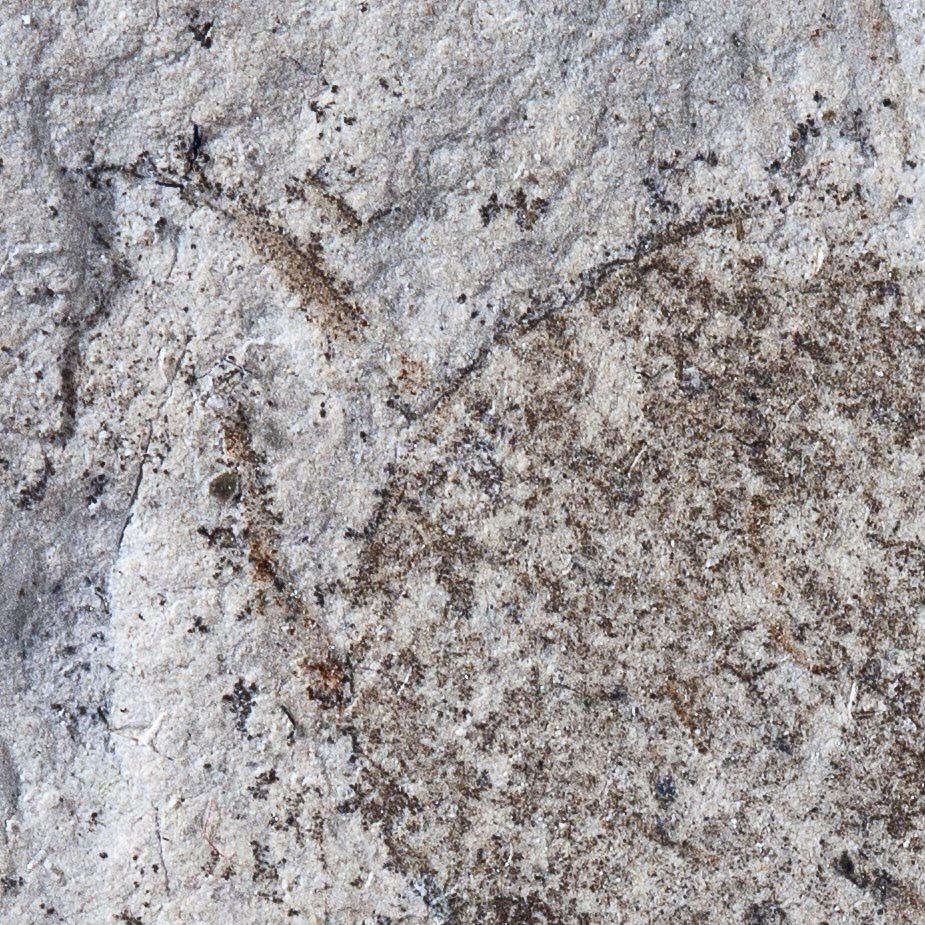Undet. Raptorial Appendage?
Vendor: Gold Bugs
SKU Number: SQ5341613
A stunning, and naturally red, undetermined arthropod appendage element from the Middle Cambrian, Wheeler Shale Formation, Utah.
Many raptorial appendages are found from undetermined arthropods throughout the Paleozoic Era. This claw element is similar to some found from the Lower Ordovician, Fezouata Formation of Morocco.
This could also be a portion of an appendage from a radiodont or possibly a large worm jaw element.
Full dimensions are listed below.
Vendor: Gold Bugs
SKU Number: SQ5341613
A stunning, and naturally red, undetermined arthropod appendage element from the Middle Cambrian, Wheeler Shale Formation, Utah.
Many raptorial appendages are found from undetermined arthropods throughout the Paleozoic Era. This claw element is similar to some found from the Lower Ordovician, Fezouata Formation of Morocco.
This could also be a portion of an appendage from a radiodont or possibly a large worm jaw element.
Full dimensions are listed below.
Vendor: Gold Bugs
SKU Number: SQ5341613
A stunning, and naturally red, undetermined arthropod appendage element from the Middle Cambrian, Wheeler Shale Formation, Utah.
Many raptorial appendages are found from undetermined arthropods throughout the Paleozoic Era. This claw element is similar to some found from the Lower Ordovician, Fezouata Formation of Morocco.
This could also be a portion of an appendage from a radiodont or possibly a large worm jaw element.
Full dimensions are listed below.
Additional Information
Anomalocaris was a predatory Radiodont with raptorial fore-limbs. It had been thought that Anomalocaris fed on hard-bodied animals and was able to penetrate the mineralized exoskeleton of trilobites. This has recently been put into question and recent research suggests they may have had a diet of soft bodied arthropods instead.
The Radiodonts were a group of Arthropods that appeared early in the Cambrian and appear to have been the first free-swimming raptorial predators, a role subsequently taken on by animals such as Sharks, Fish, Squid, and marine Tetrapods, which appeared to place them firmly at the top of the Cambrian food-chain. These Radiodonts had rather complex exoskeletons, which tended to become disarticulated before being preserved.
Recently, large Radiodonts from the early Cambrian have been discovered that have feeding organs adapted not for raptorial predation but for filter feeding. Filter feeding has repeatedly appeared in the largest members of other groups of raptorial marine predators, including Sharks, Whales and several types of Fish, making this a predictable occurrence in large raptorial Radiodonts, a view that was supported by the discovery of a second such species, the two meter long Aegirocassis from the Early Ordovician.
References:
Anomalocaris
Pahvantia hastata - Sciency Thoughts
Pahvantia hastata - University of New England

